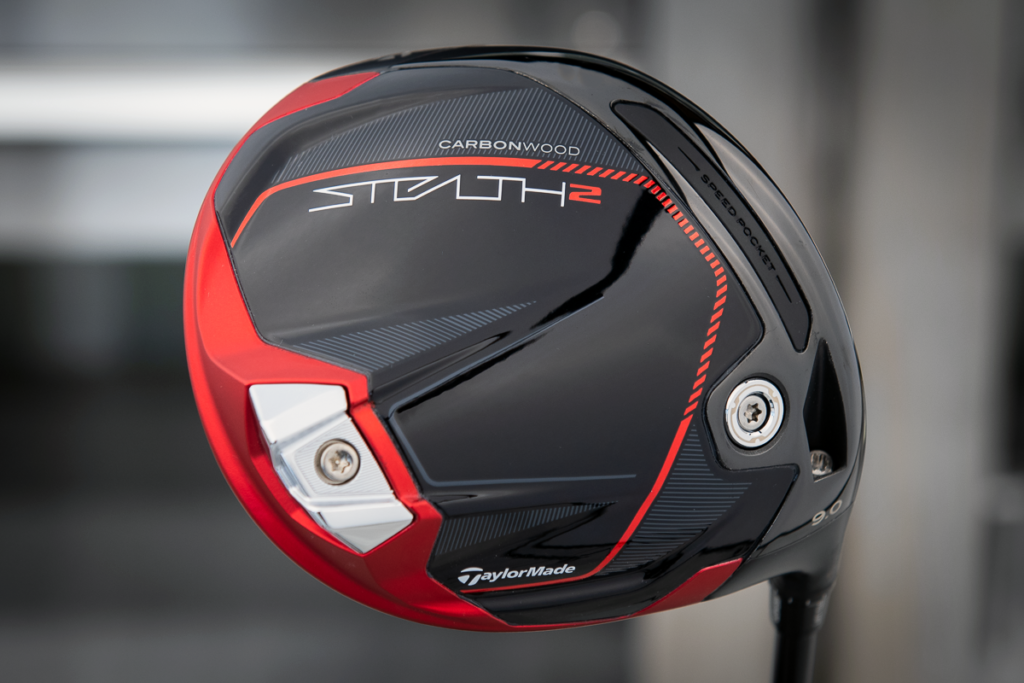Welcome back to #ASKMYGOLFSPY where readers like you submit questions to our team of experts here at MyGolfSpy!
Submit yours anytime on Twitter, Facebook, Instagram, or in the comments below.
Let’s get into it.
I can’t afford a new driver. What can I do to make sure the one I have now still works well for me?
If your driver is fewer than five years old and your swing hasn’t changed, the good news is you might not need to do anything. That said, it never hurts to check in with a fitter, an instructor who understands fitting or spend some time alone with a launch monitor.
EXPERT TIP – Driver Spin
A question we commonly get in the Testing Facility is – “what should my driver spin rate be?” As launch monitors become more accessible, it’s important to be able to make sense of what you’re looking at when the numbers pop up on the screen.
Ideal driver spin ultimately depends on your ball speed and angle of attack, but somewhere in the range of 2000 – 2400 can help you optimize trajectory and carry for max distance.
I love the idea of refitting or retrofitting your existing driver. If something has changed in your swing, a small tweak of the adjustable hosel or a shift in the movable weight can be all it takes to make you fall in love with your driver all over again.
If a shaft change is warranted, the aftermarket is rife with quality offerings at reasonable prices.
The modern solid-core golf ball will firm up as they sit, though compression should level off after a while. If your inventory is just a few years old, you’re probably fine.
Balata is a different story. Over time (and it doesn’t take much time), the liquid inside the ball evaporates. As George Constanza would say, there’s shrinkage. Any leftover inventory is going to be significantly lighter and smaller than it was designed to be.
Incidentally, shrinkage is the reason why direct comparisons between modern balls and left-over balata inventory are basically invalid.
What’s the biggest change you’ve seen in equipment in the last five years?
 Speed and distance will always be part of the conversation. In that respect, not much has changed. That said, as everyone moves closer to the USGA limit, things like manufacturing consistency, tolerances and durability are becoming larger points of emphasis.
Speed and distance will always be part of the conversation. In that respect, not much has changed. That said, as everyone moves closer to the USGA limit, things like manufacturing consistency, tolerances and durability are becoming larger points of emphasis.
Nearly every new piece of golf equipment brings with it the suggestion of a speed benefit but, with increasing regularity, companies are emphasizing how materials and manufacturing capabilities allow them to deliver consistency across an entire product line, ensuring every golfer who buys their products gets the maximum (speed) benefit.
Also, a carbon-fiber face on a driver and water-repelling wedges.
Do we need a review of the ceiling of the Sistine Chapel? Does the Mona Lisa need to be critiqued? Some things in this world speak for themselves.
To test the Wilson Ultra 500 would not only be undignified but also unfair to every other golf ball on the market.
When will all golf companies ditch laces and make BOA standard?
 Whether he said it or not, P.T. Barnum is credited with saying, “there’s a sucker born every minute.” Truer words, if actually spoken, have never been spoken.
Whether he said it or not, P.T. Barnum is credited with saying, “there’s a sucker born every minute.” Truer words, if actually spoken, have never been spoken.
The next most true thing ever said might be, “laces are for suckers”.
So, anyway, as it relates to BOA not being standard on every pair of golf shoes, as long as the world keeps churning out suckers, there will be a captive audience for what has to be the most antiquated bit of technology on the golf course.
Also, the upcharge (and sometimes excessive upcharge) is inarguably prohibitive.
Got a question for #AskMyGolfSpy? Leave it in the comments below.
*We may earn a commission when you buy through links on our site.


